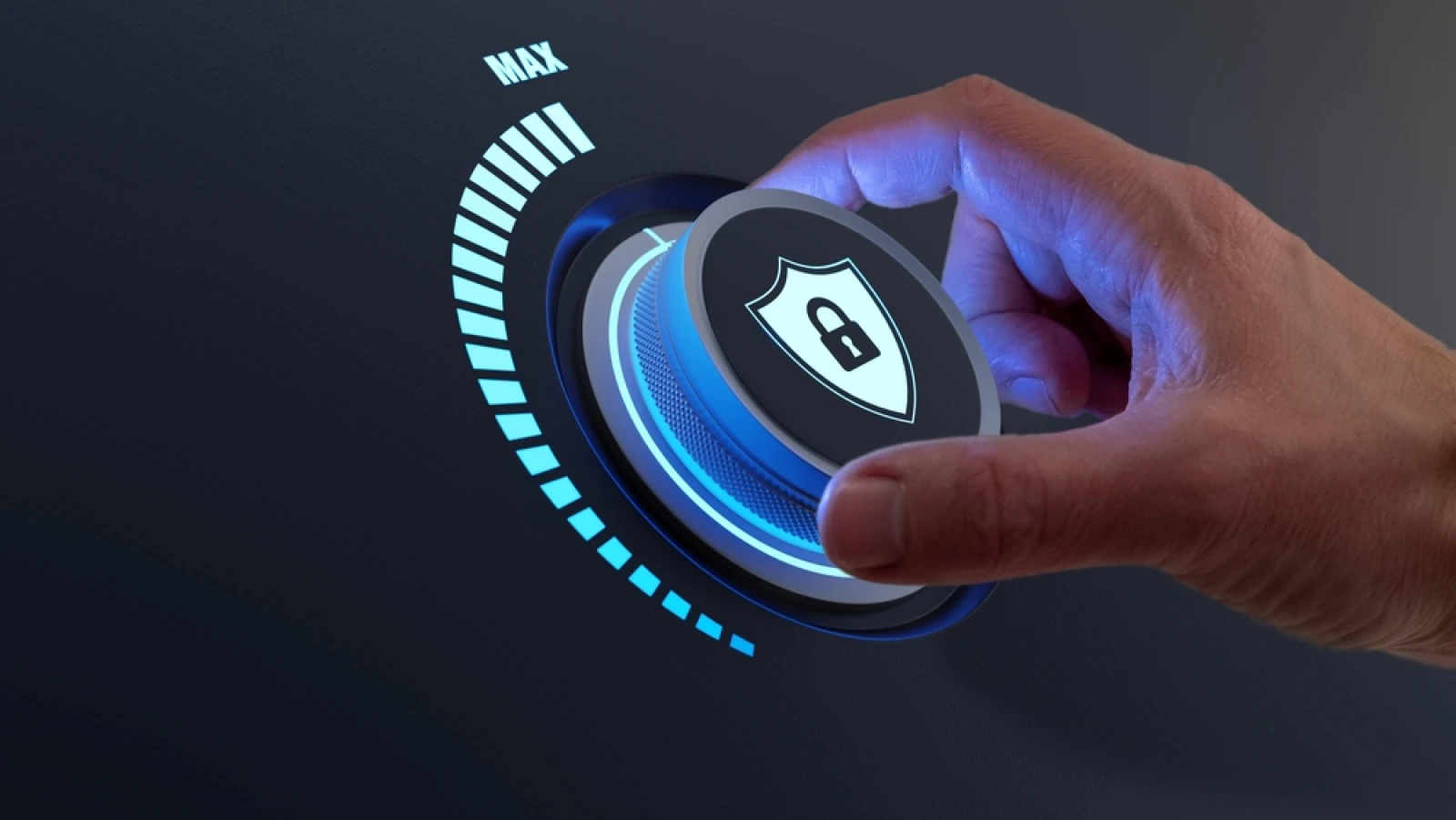Top Reasons Why CISOs Aren't Able to Secure Their Systems

Written By
Almog Apirion

We recently conducted a Linkedin survey among security professionals, asking them what was holding them back from providing better security. They cited too much work and too little budget as the key blockers to moving to a more secure solution.
Thirty-three percent of professionals mentioned being swamped with work as the main blocker for improving the company’s security posture. Thirty-nine percent pointed to their budget as the primary reason. Only 8% of professionals mentioned a lack of tools as the reason they weren’t able to provide the security measures they deemed high-quality enough. These answers demonstrate the shift in the cybersecurity industry ever since Covid-19, and the challenges security and IT teams are dealing with today.
2020 marked a milestone in cybersecurity. Let’s look at some of the changes the industry is experiencing.
2020 brought a dramatic rise in the number and sophistication of cybersecurity attacks, to thousands of percents more than previous years. These weren’t random attacks either. Nation-states as well as private companies orchestrated attacks, aiming to assault high-profile companies and companies related to Covid-19. They targeted third-party suppliers, individuals through phishing scams, utilized ransomware, and more. No company or individual is safe.
Covid-19 and the transition to remote work significantly increased the attack surface. Security teams were tasked with finding immediate ways to enable the entire workforce to continue working without interruption from home, while maintaining the company’s security posture. IT managers and CISOs needed to enable employees to connect from new, unmanaged devices and from insecure networks. In addition, they had to ensure employees could connect to the company resources, on the cloud or on-premises, without experiencing too much latency.
As companies are slowly seeing the light at the end of the Covid tunnel, it seems that many will be adopting a hybrid work strategy. Employees will continue to work from home to some extent.. As a result, security teams will need to keep finding the way to adapt.
The castle-and-moat approach was already collapsing in a world going through digital transformation. The transition to remote work only accelerated this change, when the borders between the work perimeter and the out-of-work perimeter dissolved completely. As a result, trust has become a vulnerability, and security has shifted its focus to the identity of the person and device, and not their originating network.
Zero trust is the leading security model that implements the identity-based approach. Zero trust is based on the premise of never trusting any user or device until they are authenticated. All users and devices are continuously verified and authenticated before they are granted access to apps and systems. This ensures unauthorized devices don’t have access to sensitive data.
Rapid changes resulting from digital transformation call for security teams to be agile. CISOs need to be able to easily govern all security measures so they can adapt to changes quickly. Companies can no longer wait months for processes like M&As, providing third party access or onboarding new employees to complete. Therefore, security teams need to be able to operate in an agile manner that lets them respond to business needs within minutes and days, not weeks and months.
Looking at these trends, it’s clear why the CISOs and security professionals are swamped. Dealing with a growing number of attacks, an ever-changing environment they need to serve, a shift in the basic pillars of cybersecurity and all while they’re required to work quicker than even - it’s enough to make anyone’s head spin. So how can cybersecurity providers help?
According to analysis firm Canalys, the value of the cybersecurity market is expected to reach $60.2 billion in 2021, with an increase of up to 10% in investments. This shows the value of cybersecurity in helping companies and people live in a safer world.
But as the poll shows, security professionals are not looking for 60 billion dollars worth of new tools. Rather, they need tools that will help them be more productive, provide solutions faster, and replace more expensive solutions they’re using now.
Tools and models that enable CISOs to deal with the delicate balance of maintaining the company’s security posture, while protecting assets, and without disrupting the business, will be the big winners of 2021. Adding on red tape due to lengthy implementations, complicated usage or long approval requirements due to costs, will not answer CISOs’ burning cybersecurity needs of 2021.
Today, complex enterprise architectures are difficult to manage. Security flaws, insufficient maintenance, and a lack of integration between security controls make the network’s entry points vulnerable, and VPNs make it easier to break in. This requires a lot of operational overhead, which takes up time and resources.
Zero trust answers this gap by simplifying security management for security teams, freeing up their time and budgets. Zero trust provides:
Agility: IT Managers and DevOps can readily provide user access based on immediate business needs.
Efficaciousness: Zero Trust Network Architecture (ZTNA) can be set up in under an hour, and policies for access can be created within seconds.
Multiple uses: The zero trust security model is especially useful in remote and partner access, third-party access, mergers and acquisitions, and more.
Identity-based security: Real granular security is provided by the zero trust architecture, that protects networks internally and externally. Measures like multi-factor authentication (MFA) are implemented before providing access to each application. No trust is given before authentication, so no perpetrator is allowed access.
The zero trust security model provides security professionals with what they are lacking: a new approach that helps them become more productive, agile and efficient. When looking for a ZTNA provider, it’s important to find one that answers all requirements, from simplicity to security. Otherwise, you’ll find yourself with another tool, not a governance solution.
Cyolo is the leading zero trust security provider for organizations that want to protect their intellectual property. By securely connecting all users from anywhere without requiring a VPN, and authenticating devices, Cyolo enables employees to focus on their work and your business to grow. Cyolo provides advanced user management features, real-time recording abilities and an easy to use UI. Cyolo can also integrate with your VPNs, if needed.
Cyolo takes minutes to implement and is compatible with any network topology and identity infrastructure. In addition, Cyolo does not have access to the organizational data. Not only does this ensure true privacy and security, it also improves performance as a better user experience. Request a demo to learn more.

Author
Almog Apirion is CEO and co-founder of Cyolo. He is an experienced technology executive, a "recovering CISO," and the founder of the Israeli Navy Cyber Unit. Almog has a long history of leading the cybersecurity and IT technologies domain, with a background that includes building and securing critical infrastructures at large organizations, and leading teams to success.

